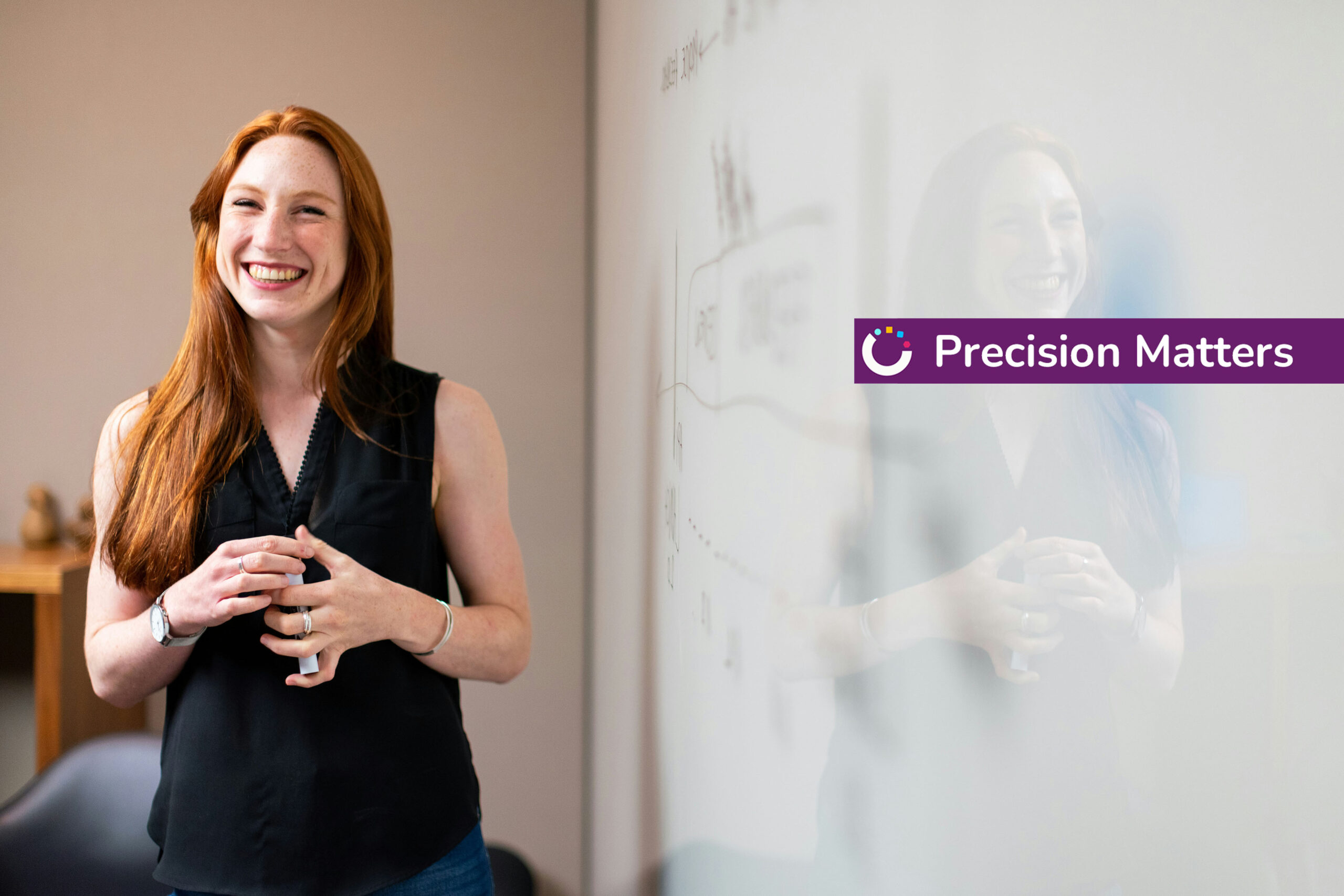Succession planning is essential for any forward-thinking company. Life happens, and employees leave jobs for all kinds of reasons–and “stepping into their shoes” can be a major challenge if the right people aren’t prepared in advance. But with a little planning ahead, and focusing on the right skills, whether it’s soft or hard skills, companies can minimize disruption whenever important roles change hands.
What Is Succession Planning?
Succession planning is the process of identifying and preparing key roles and employees in anticipation of changing leaders. Leaders leave due to promotion, retirement, or quitting for a host of reasons, and replacing them can be difficult. A succession plan aims to ensure that the replacements are up to speed in both talent and skills. And succession planning isn’t only for senior employees: many companies have discovered the benefits of including staff at lower levels in their succession plan as well.
The Benefits and Challenges of Succession Planning
The Benefits
Reduces risk.
Not all successions can be anticipated. In the case of illness, death, sudden personal matter, or organizational conflict, difficult-to-replace workers can instantly disappear. This can cause serious disruptions as these types of employees often have operational knowledge, connections, and trade secrets that are complicated to transfer. Sudden departure can also mean a drop in stock prices for public companies. Having a ready replacement mitigates these issues.
Saves time.
It can take a while to bring lower-level workers up to speed with the exact responsibilities of a higher-level position. For example, a manager of a department who must now lead an entire division might take years to obtain the relevant skills, inside knowledge, and confidence of the employees.
Reduces hiring costs.
Replacing an employee from outside the organization costs quite a bit, and the more senior the position, the higher the expense. Internal mobility and successional planning eliminate those costs and utilize the knowledge, understanding of the company culture, and comfort level of the employee to everyone’s advantage.
Creates loyalty.
Employees who are part of a succession planning process have been chosen to reach positions of greater prestige and compensation. They (should) also receive L&D programs that prepare them for the role. In short, they are being readied for professional success without needing to search outside the company or acclimate to a new organization. These perks motivate employees to feel more engaged, challenged, and optimistic.
The Challenges
Defection.
Some employees may explore opportunities elsewhere, by taking advantage of the boost in stature provided by succession planning. Once armed with the knowledge that they are being prepared for an important role, and after obtaining relevant skills through L&D programs, an employee naturally has a higher profile–which can tempt them to stray.
Bad fit.
Despite extensive efforts, some employees will not be able to handle an advanced role. When this happens, some of the resources that were committed to developing their skills will be a waste.
Unforeseen barriers.
Not every succession planning strategy works, regardless of the quality of the candidate. It could be that the candidate was not mentored properly, that the replacement is simply not accepted by the organization, or that the departed employee had some vital intangible trait that could not be transferred.
Poor training.
One of the basic fault lines of many succession programs is that candidates are given L&D programs that are not fully relevant to their future roles. For this reason, 80% of employees state that they lack skills both for current and future positions.
Keys to Success: How L&D Enables Succession Planning
L&D is a central part of any succession plan. The challenge the teams face is identifying the precise skills any specific candidate will need. The tricky part is that you’re not developing the employee to fill the shoes of the current role. Instead, you need the employee to develop the specific skillset required for that role. This task is made even more complex when considering that skill requirements are always changing. The relevant skills needed for a role today are never guaranteed to be the same tomorrow. To make the process more efficient, here are a few tips:
1. Identify which roles require succession plans
This step might be tougher than it seems. Many companies automatically create succession plans only for senior executive positions. But there are many benefits to including other leadership and specialized roles, as a comprehensive career pathing initiative would. The HR department should decide, together with leadership, whether to expand the roles covered in the plan.
2. Match skills to positions
A good starting point is to check which skills the current leader sees as vital to success in that role, and then compare them to those that the candidate already has (assuming that candidates have been assessed via a talent development program). In addition, a top L&D platform is a useful tool to make data-driven L&D decisions and source the best experts.
3. Implement continuous employee development (CED)
Continuous employee development is always a good idea, and with a culture that values employing current workers in succession planning and internal mobility, it makes financial sense, especially considering the pace of changing skills we discussed above. Both soft and hard skills evolve year over year, and CED helps negate any risk of an employee being unprepared to take on the role planned for him or her. L&D teams should take special care to track trends in soft skills because they can take a while to fully develop.
4. Create a culture of internal mobility
This dovetails perfectly with succession planning since succession through current employees is a form of internal mobility. However, for many companies, internal mobility represents only a fraction (about 20%) of all hires. This is another move that might require a comprehensive shift in managerial attitudes.
Succession Planning Starts with Growthspace
Growthspace’s talent development solution is a powerful place to kick off any succession plan, as thousands of companies across the globe are discovering. Growthspace delivers the crucial ability to keep the skills of current and future leaders up to date so that they and their organization are prepared for professional opportunities and challenges.




